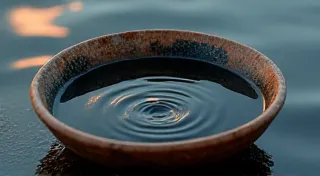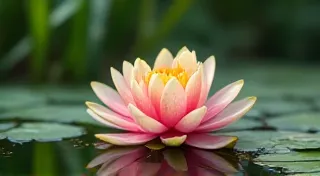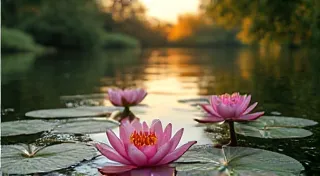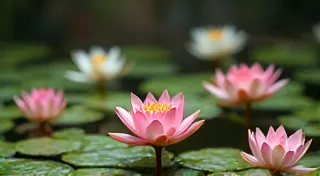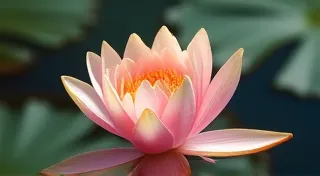Understanding Water Lily Hybridization
Water lilies are renowned for their beauty and grace, adding a tranquil touch to ponds and water gardens. While naturally occurring varieties are stunning, the incredible diversity we see today is largely thanks to human intervention – specifically, the fascinating process of hybridization. This article delves into the world of water lily hybridization, exploring how breeders create new and unique varieties.
What is Hybridization?
In simple terms, hybridization is the process of crossing two different plants to create a new variety. It’s been practiced for centuries in various plant breeding endeavors, and water lilies are a particularly rewarding subject. Water lily hybridization aims to combine desirable traits from two parent plants – vibrant color, robust growth, fragrance, flower size, or even plant habit (floating, marginal, or submerged).
The Basics of Water Lily Breeding
Hybridizing water lilies isn't as straightforward as simply planting two lilies together. It requires careful planning and a degree of horticultural skill. Before embarking on this journey, it’s crucial to understand the different types of water lilies and the considerations for selecting the right varieties. For guidance on choosing the perfect water lily variety for your pond, consider factors like bloom size, color, and hardiness zone. Here’s a simplified breakdown of the process:
- Pollen Collection: The breeder carefully collects pollen from the desired "male" parent plant. This is usually done in the early morning, when pollen is fresh and viable.
- Pollination: The collected pollen is then transferred to the stigma (the receptive part of the female flower) of the "female" parent plant. This must be done carefully to ensure successful pollination.
- Seed Development: Following successful pollination, the flower will begin to produce a seed pod. This pod can take several weeks to mature.
- Seed Collection & Storage: Once mature, the seed pod is harvested and the seeds extracted. Water lily seeds usually require a period of cold stratification (exposure to cold temperatures) to break dormancy and encourage germination.
- Germination and Growth: Stratified seeds are sown in a suitable medium, and seedlings are carefully nurtured. It’s important to note that hybrid water lilies typically don’t come "true" – meaning the offspring will not be identical to either parent.
- Evaluation: The resulting seedlings are grown out and evaluated for desirable traits. This process can take several years before a new variety is officially recognized.
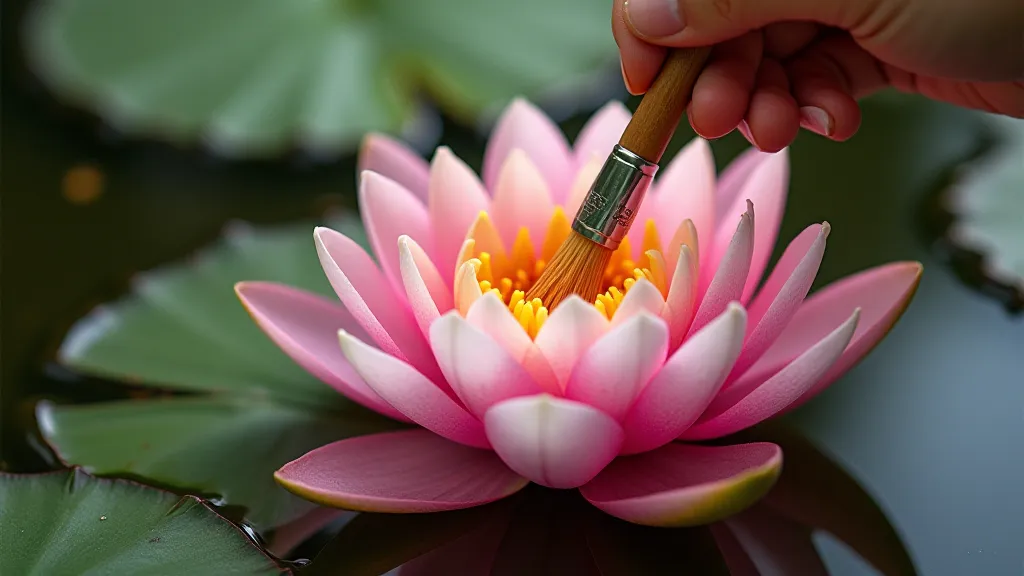
Types of Water Lily Hybridization
Water lilies are broadly divided into two main types: Nymphaea (Tropical) and Nuphar (Hardy). Hybridization can occur within a type (e.g., Tropical x Tropical) or, more rarely, between the two (though the results are often less predictable). The success of hybridization depends heavily on understanding the genetic compatibility of the parent plants. While some experiments explore crossings between different types, the results can be unpredictable and may require extensive trial and error. The nuances of these crossings, and the challenges inherent in manipulating genetics, are fascinating areas of study.
- Within-Type Hybridization: This is the most common and reliable method, yielding predictable combinations of traits.
- Inter-Type Hybridization: Though less frequent, attempts to cross Hardy and Tropical lilies sometimes result in unique, albeit often unstable, hybrids.
The Role of Breeders and the Art of Observation
Dedicated water lily breeders play a vital role in expanding the range of available varieties. They meticulously record parentage, track traits, and propagate the most promising seedlings. The pursuit of new colors, forms, and characteristics drives their efforts, resulting in the stunning array of water lilies we enjoy today. Their work requires more than just horticultural skill; it demands keen observation, an understanding of genetics, and a lot of patience. A breeder must meticulously observe the emerging seedlings, cataloging their characteristics and noting any deviations from expected traits. This detailed record-keeping is essential for identifying and propagating successful hybrids.
Challenges and Considerations in Hybridization
Hybridization isn't without its challenges. The process is lengthy, often requiring several generations of seedlings before a stable and desirable new variety emerges. Furthermore, ensuring the viability of the resulting seeds and successfully germinating them can be difficult. The selection process itself is a critical step; breeders must possess an eye for detail, discerning the subtle differences between seedlings and identifying those with the potential to become the next generation of water lily stars. This also extends to managing potential problems, like pest and disease control for water lilies, which can impact the health and viability of seedlings.
Patience and Persistence
Water lily hybridization is not a quick process. It requires patience, persistence, and a keen eye for detail. The journey from pollination to a recognized new variety can span many years. The entire process, from initial pollination to the eventual introduction of a new cultivar, represents a significant investment of time and effort. It's a testament to the dedication of water lily breeders and their passion for creating beauty in the aquatic world.
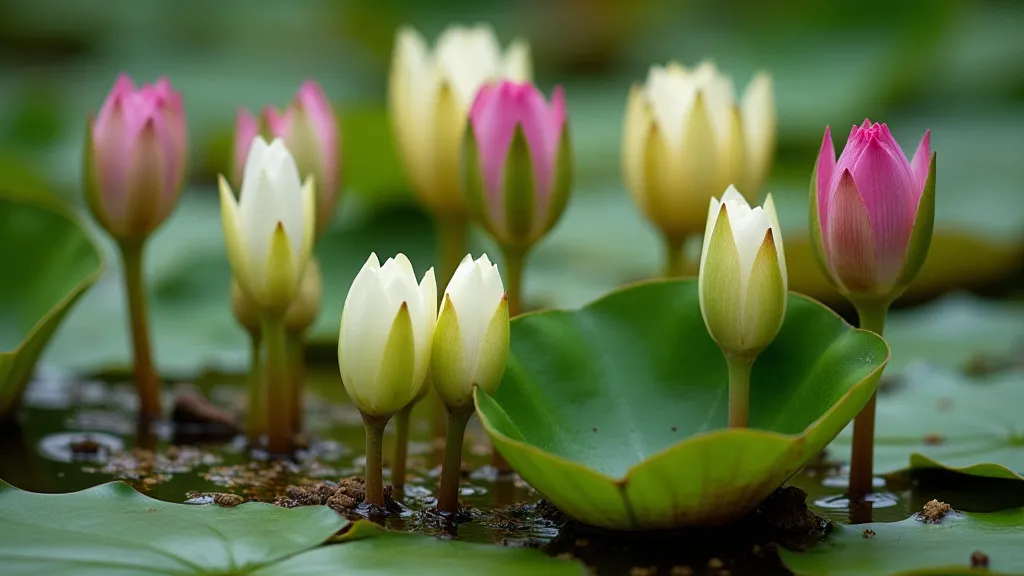
The Subtle Communication of Aquatic Gardens
The world of aquatic plants, and water lilies in particular, offers a fascinating glimpse into the subtle communication and interconnectedness of ecosystems. While we often focus on the visual beauty of these plants, there's a deeper, often overlooked, network of interactions at play. It's a world where roots whisper secrets, and leaves respond to unseen signals—a parallel to how we, as writers, attempt to convey complex emotions and ideas through language. This intricate web of interactions reminds us of the beauty and complexity of the natural world, sparking creativity and inspiring us to explore new perspectives – like the rooted whisper: understanding submerged communication in aquatic gardens.
Creating Your Own Water Lily Paradise
Whether you’re a seasoned water gardener or just starting out, hybrid water lilies offer an incredible opportunity to appreciate the beauty and ingenuity of plant breeding. Understanding the process of hybridization allows you to appreciate the careful selection and dedication involved in creating these unique plants. By understanding the process of hybridization, you can gain a deeper appreciation for the remarkable diversity of these aquatic treasures.
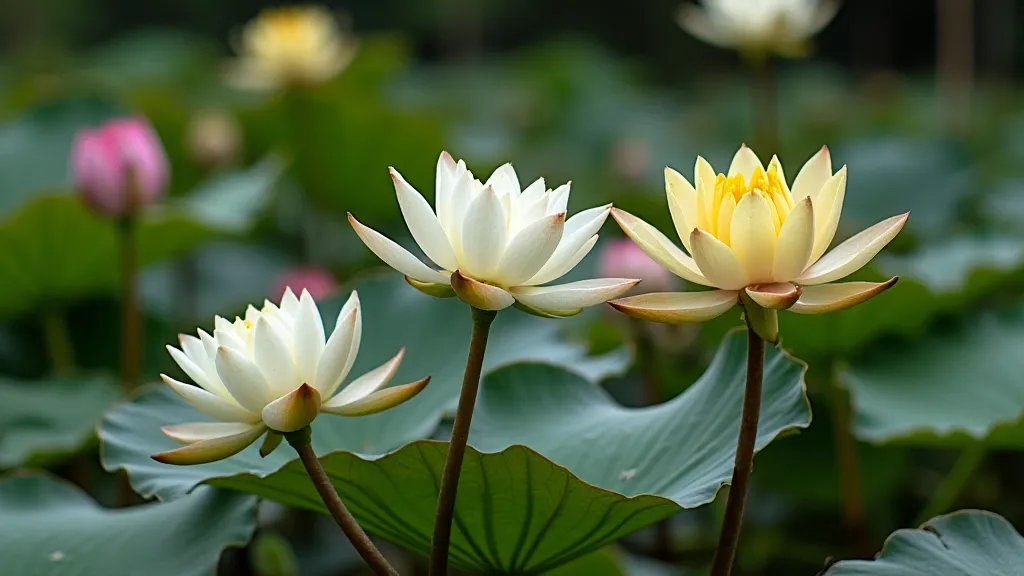
Future Trends in Water Lily Hybridization
The future of water lily hybridization looks bright, with ongoing research focused on developing new and exciting varieties. Breeders are exploring innovative techniques to accelerate the breeding process and create hybrids with enhanced traits, such as increased disease resistance and improved cold hardiness. Expect to see a wider range of colors, forms, and sizes in the years to come, pushing the boundaries of what’s possible in the world of water lilies.
